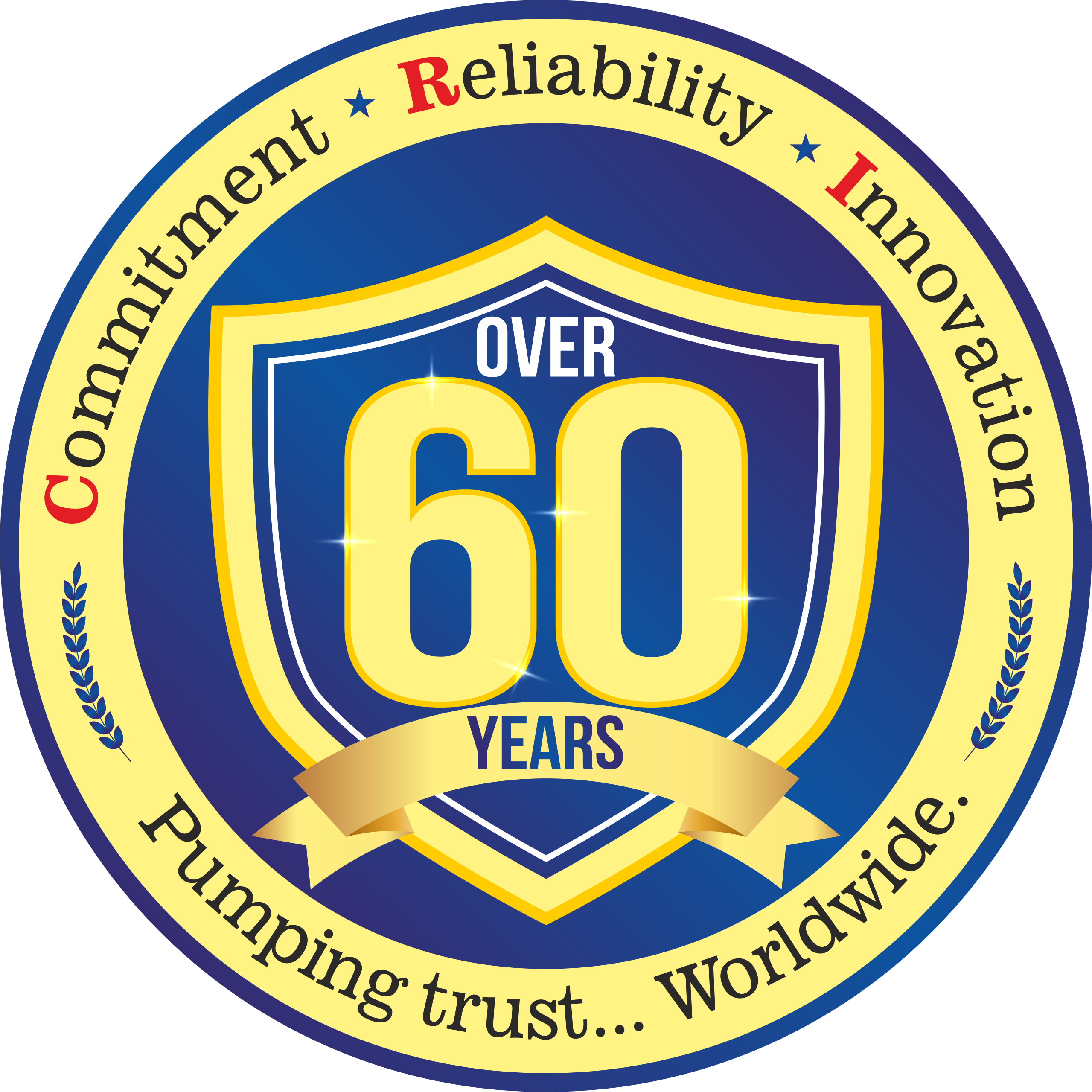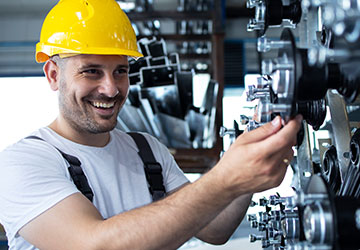The Ultimate Guide To Pump Maintenance Ensuring Optimal Performance And Efficiency
Pumps play a crucial role in various industries and applications, from water supply and wastewater treatment to oil and gas extraction. These mechanical devices are responsible for transferring fluids from one place to another, making them indispensable in our day-to-day operations. However, pumps are prone to wear and tear, especially when they are constantly operating under high pressure and handling abrasive materials. Regular pump maintenance is essential to keep your equipment in top shape and avoid unexpected breakdowns. By conducting routine inspections and addressing minor issues promptly, you can prevent major failures that could lead to costly downtime and repairs. Not only does pump maintenance ensure optimal performance and efficiency, but it also helps to maximize the lifespan of your equipment, saving you money in the long run. By following these maintenance tips and best practices, you can prevent pump failure, extend the lifespan of your equipment, and save on costly repairs. So let’s dive in and explore the world of pump maintenance! Different Types of Pump Maintenance Pump maintenance can be classified into different types based on the approach used for maintenance planning. Understanding these types will help you develop an effective pump maintenance strategy. The four significant types of pump maintenance are: Corrective Maintenance Corrective maintenance is a responsive strategy that entails the repair or replacement of components as required to maintain the proper functioning of a pump. Though this form of maintenance may be necessary in certain circumstances, it is not optimal due to its significant expenses and the disruption it causes to operations. Minimizing corrective maintenance is crucial to avoid unforeseen downtime and costly repairs. Preventive Maintenance Preventive maintenance involves taking proactive measures to conduct regular inspections and make necessary adjustments to prevent potential issues. By adhering to a dependable checklist for pump maintenance, engineers can perform comprehensive assessments, detect problems at an early stage, and promptly address any required maintenance tasks. The implementation of preventive maintenance aids in optimizing the performance of pumps, prolonging the lifespan of equipment, and minimizing unexpected breakdowns. Predictive Maintenance Predictive maintenance involves the use of sophisticated sensors and machinery to continuously monitor the status of pumps and identify any potential issues in real time. By gathering information on variables like vibration, temperature, and pressure, predictive maintenance can detect problems before they escalate and necessitate significant repairs or replacements. This proactive approach is instrumental in minimizing downtime and cutting down on maintenance expenses. Condition-Based Monitoring Condition-based monitoring (CBM) is a modern approach to pump maintenance. It involves using sensor data to evaluate the condition of pumps and create personalized maintenance strategies. Through careful analysis of the data, engineers can identify the unique requirements of the equipment and optimize maintenance procedures accordingly. CBM has proven to be more efficient than conventional preventive maintenance plans, resulting in reduced downtime and cost savings. The choice of the most suitable maintenance strategy relies on several factors, including the pump type, operational needs, and financial limitations. To ensure reliable and efficient pump performance, a combination of preventive, predictive, and condition-based monitoring methods can be employed. Common pump maintenance tasks Maintaining a pump involves a variety of tasks, depending on the type of pump and its application. Here are some common maintenance tasks that should be performed regularly: Inspecting and cleaning strainers and filters : Strainers and filters prevent debris from entering the pump, so it’s crucial to check them regularly and clean or replace them as needed. Checking for leaks : Leaks can indicate worn-out seals, gaskets, or connections. Inspect the pump and its surrounding areas for any signs of leaks, and address them promptly to prevent further damage Lubricating bearings : Proper lubrication is essential to reduce friction and wear in pump bearings. Follow the manufacturer’s recommendations for the type and frequency of lubrication required. Checking motor alignment : Misalignment between the pump and motor can lead to premature bearing failure. Regularly check the alignment and make adjustments if necessary. Inspecting and cleaning impellers :Impellers can become clogged with debris, affecting the pump’s performance. Regularly inspect and clean the impellers to maintain optimal flow rates. Monitoring vibration levels : Excessive vibration can indicate a misaligned pump, worn-out bearings, or other mechanical issues. Regularly monitor vibration levels and take corrective action if needed. 5 Signs of pump wear and tear Even with regular maintenance, pumps can still experience wear and tear over time. It’s essential to be aware of the signs that indicate your pump may need attention. Here are some common signs of pump wear and tear: Decreased flow rate : If you notice a significant decrease in the pump’s flow rate, it may be a sign of worn-out impellers or clogged pipes. Inspect the pump and its components to identify the cause and take appropriate action. Increased noise levels : Unusual noises such as grinding, squealing, or rattling can indicate mechanical issues within the pump. Investigate the source of the noise and address it promptly to prevent further damage. Frequent overheating :Pumps that overheat frequently may have issues with motor bearings, insufficient lubrication, or clogged cooling systems. Address the underlying cause to prevent motor damage and pump failure. Unstable pressure : Fluctuating pressure levels can be a sign of worn-out valves or pressure regulator issues. Regularly check the pressure and take corrective action if needed to maintain a stable flow. Excessive vibration : Excessive vibration can indicate misalignment, worn-out bearings, or other mechanical problems. Monitor vibration levels and investigate the cause to prevent further damage. If you notice any of these signs or other abnormal behavior in your pump, it’s crucial to address the issue promptly. Ignoring these warning signs can lead to further damage and costly repairs. How to prevent pump failure Preventing pump failure begins with regular maintenance and proactive measures. By following these preventive steps, you can minimize the risk of unexpected breakdowns and extend the lifespan of your pump: Establish a maintenance schedule:Create a maintenance schedule based on the manufacturer’s recommendations and the specific requirements of your pump. Regularly inspect and service the pump according to this schedule




